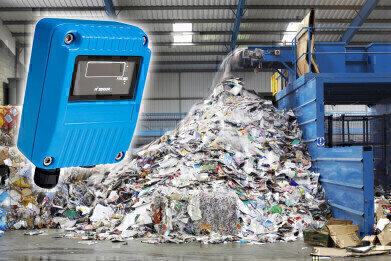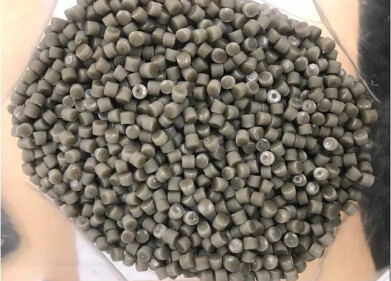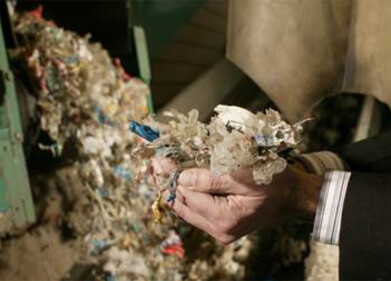Waste Management
The Importance of Flame Detection in the Waste Handling Industry
Jan 30 2015
The waste management industry is a significant contributor to the UK economy, with an annual turnover of £9 billion and employs 70,000 people across 6,000 sites.
The very nature of waste handling and recycling means that fire is an ever-present danger. Every year it destroys millions of pounds worth of raw material and equipment; according to the UK’s Chief Fire Officer Association (CFOA), there were 298 fires in 2013, costing the industry untold millions in lost revenue.
Not only does fire cause extensive damage and financial loss, the associated danger of injury or death to workers, decreased property value, environmental damage and bad press all have a negative knock-on effect. This video (http://ilmt.co/PL/xBjZ) from the West Midlands Fire Service about a fire in Smethwick shows how quickly news of the fire spread around the world, exacerbated by social media.
New guidance for waste and recycling sites was issued on 20th October 2014 by the Waste Industry Safety and Health (WISH) Forum, providing site operators with the information and standards they need to reduce fire risk. The guidance aims to provide waste management operators with the guidance, information and standards to allow them to:
• Reduce the likelihood and frequency of fires occurring on solid waste handling sites
• Where fires do occur, to reduce the potential health and environmental impacts
The guidance stipulates that “for plant and equipment (such as recycling and recovery plant) fire detection, alarm and suppression must be part of the design risk assessment.” It also recommends the use of flame detectors if necessary.
Flame Detection
Optical flame detectors, such as FFE’s Talentum range, are ideally suited to waste handling facilities as they can detect almost all types of flickering flames, not just hydrocarbon flames. This is extremely important in the waste industry, as flames can originate from many different sources, including paper, plastic and even metals.
By utilising infra-red (IR) sensing technology, flames are detected irrespective of any dust, steam or smoke present; they are also immune to the effects of wind or draughts of air. With the addition of an ultra-violet (UV) sensor a flame detector also becomes highly immune to false signals such as sunlight.
The way flame detectors work is straightforward: optical sensors receive the IR and/or UV radiation emitted by the flames and a processor analyses the optical sensor signal waveforms and determines if they represent flames and, if so, accepts them. If the signals do not match the internal algorithms for flames then they are considered to be false sources and rejected.
In waste handling facilities, flame detectors are usually installed as part of a complete fire detection and suppression system. If a shredder, for example, catches fire, as soon as the flame detector recognises that there is a fire, it passes a signal which automatically stops the machinery and initiates a fire suppression system.
FFE’s Talentum flame detectors are the only ones on the market capable of detecting 99% of all types of fires in a single unit. This makes them ideal for all types of waste handling facilities – from small, mobile compactors to large recycling plant and landfill facilities.
Events
Nov 26 2024 Paris, France
Nov 27 2024 Istanbul, Turkey
H2O Accadueo International Water Exhibition
Nov 27 2024 Bari, Italy
Biogas Convention & Trade Fair 2024
Nov 27 2024 Hanover, Germany
Dec 11 2024 Shanghai, China







-as-feedstock.jpg)






